Everything you thought you knew about hyenas skips over the very traits that make them rule their world.
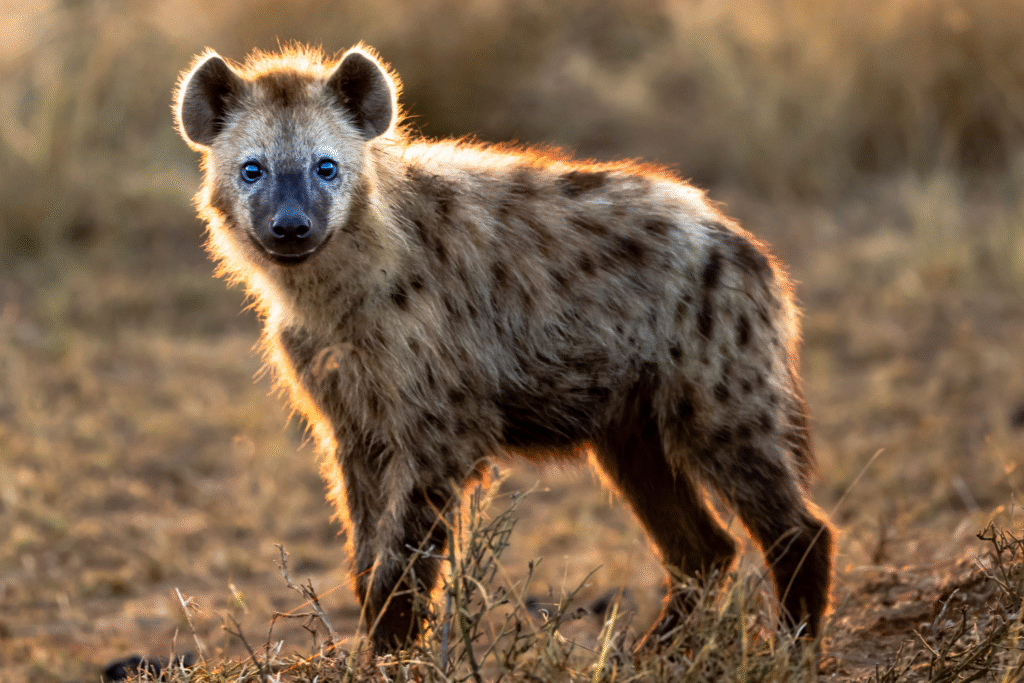
Hyenas have been painted as the sneaky villains of the animal kingdom, mostly thanks to pop culture. But the real story is far richer and way more impressive. They’re not scavenger side characters—they’re leaders, innovators, and survivors with strategies that would make other predators jealous. From their social systems to their hunting skills, hyenas play the long game, and they play it well. Once you see the truth, their reputation starts to look like one of nature’s biggest misjudgments.
1. Hyenas are master hunters, not freeloaders.

Despite being branded as scavengers, hyenas actually hunt the majority of their food. According to National Geographic, spotted hyenas can take down prey as large as wildebeest with teamwork that rivals lion prides. Their efficiency is unmatched, and their kill rates often surpass those of the predators they’re accused of stealing from.
That flips the whole “lazy scavenger” stereotype upside down. Their strategy is about precision and persistence, not opportunism. Watching them hunt in coordinated packs proves they’re apex predators in their own right, not background characters in the savanna.
2. Females run the show, and it’s not up for debate.
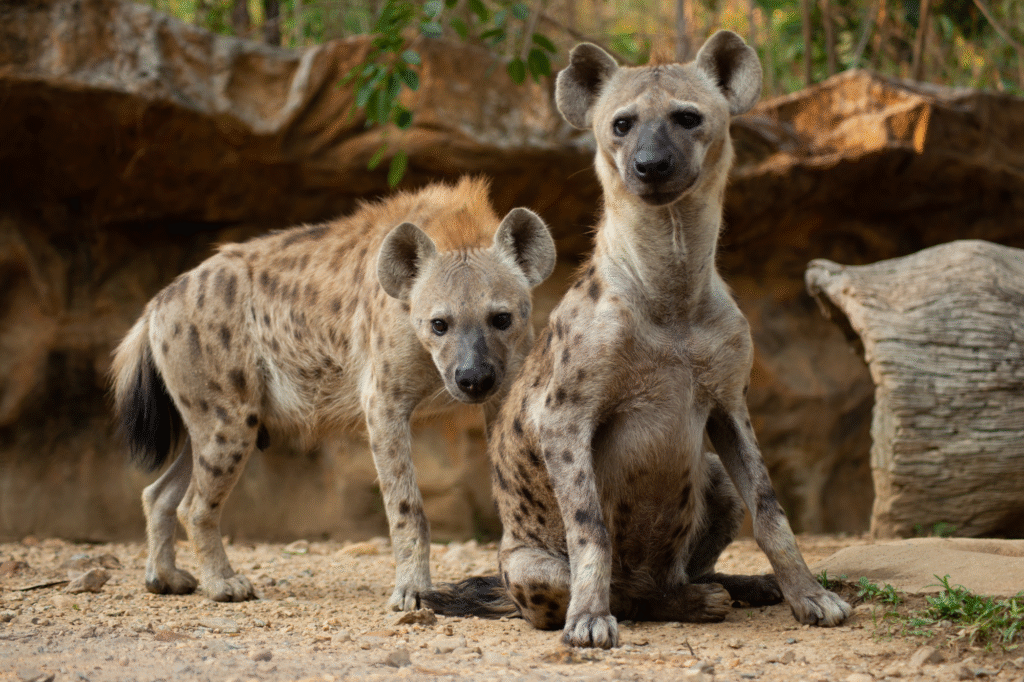
In hyena society, females call the shots. Dominance passes through maternal lines, and males rank at the bottom of the hierarchy. As stated by the BBC, the highest-ranking male is still lower than the lowest-ranking female in the clan. Power doesn’t just lean female—it’s fully tilted in their favor.
That system gives hyena clans a unique structure compared to other predators. The matriarchs decide where the group hunts, eats, and rests. It may look brutal from the outside, but the clarity of roles keeps the clan stable. The system works so well it’s been thriving for millennia, and it ends any doubts about who holds the real power.
3. Their communication system is as complex as it gets.
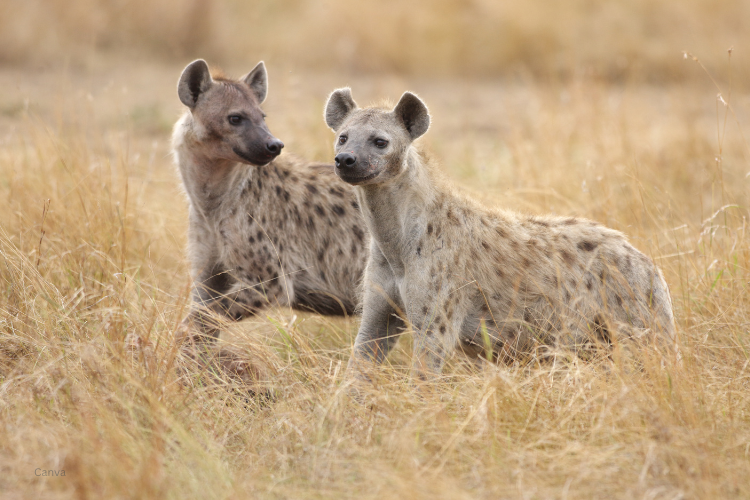
The infamous laugh isn’t just noise—it’s coded language. Reported by the Smithsonian Institution, each vocalization carries meaning, from locating clan members to establishing rank. That eerie cackle is more like a social signal, not random chaos.
Hyenas use whoops, groans, and giggles to coordinate hunts, warn rivals, or reassure allies. Their voices cut through vast distances, keeping the clan connected even in scattered territories. When you realize each sound has purpose, the “laughing scavenger” label feels like a gross oversimplification of an animal running a high-level communication network.
4. Their jaws are built like wrecking balls.
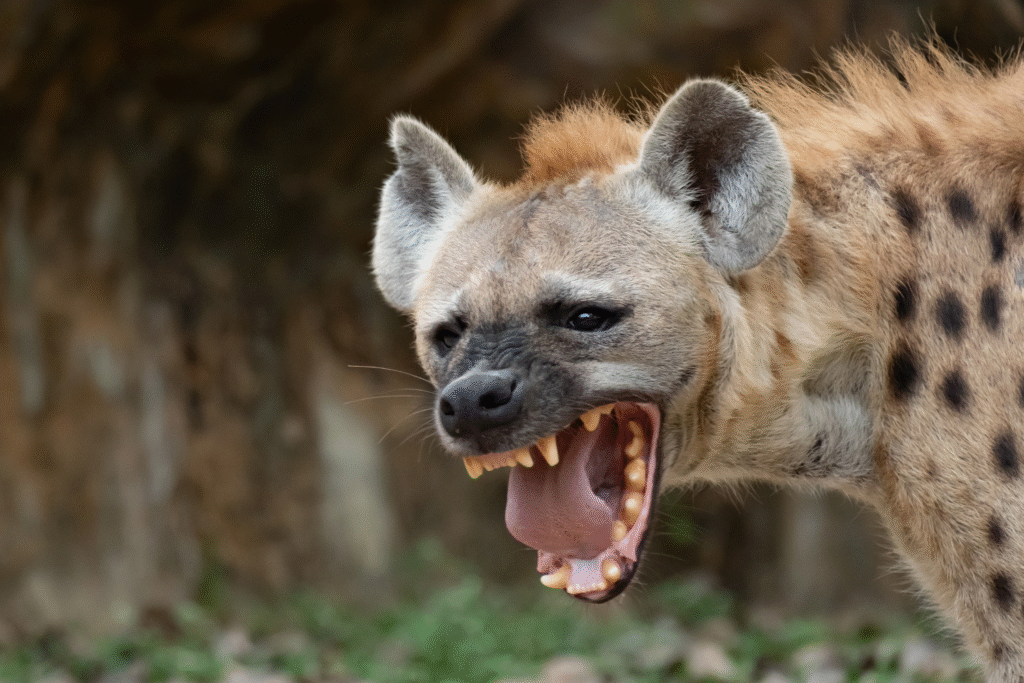
Hyenas have bite strength that crushes bone with ease, giving them access to nutrition other predators leave behind. They’re nature’s recyclers, cleaning ecosystems by devouring every last scrap, from marrow to cartilage. That advantage fuels their survival even in lean seasons.
Watching them dismantle bones in seconds is both unsettling and impressive. It’s not just brute force—it’s a strategy that ensures nothing goes to waste. That makes them critical players in maintaining balance across the ecosystems they roam.
5. Clan loyalty runs deeper than blood.

Hyenas form clans that can reach up to 80 individuals, and bonds within them often last a lifetime. Loyalty isn’t limited to kin; alliances form across the group, weaving a web of social contracts that keep the clan strong. Breaking those bonds can mean exile or worse.
This system creates resilience. Even in the face of predators or human conflict, their cooperation gives them a survival edge. It’s a world where loyalty is currency, and it buys safety, strength, and stability in an unforgiving landscape.
6. Cubs are born with a competitive streak.
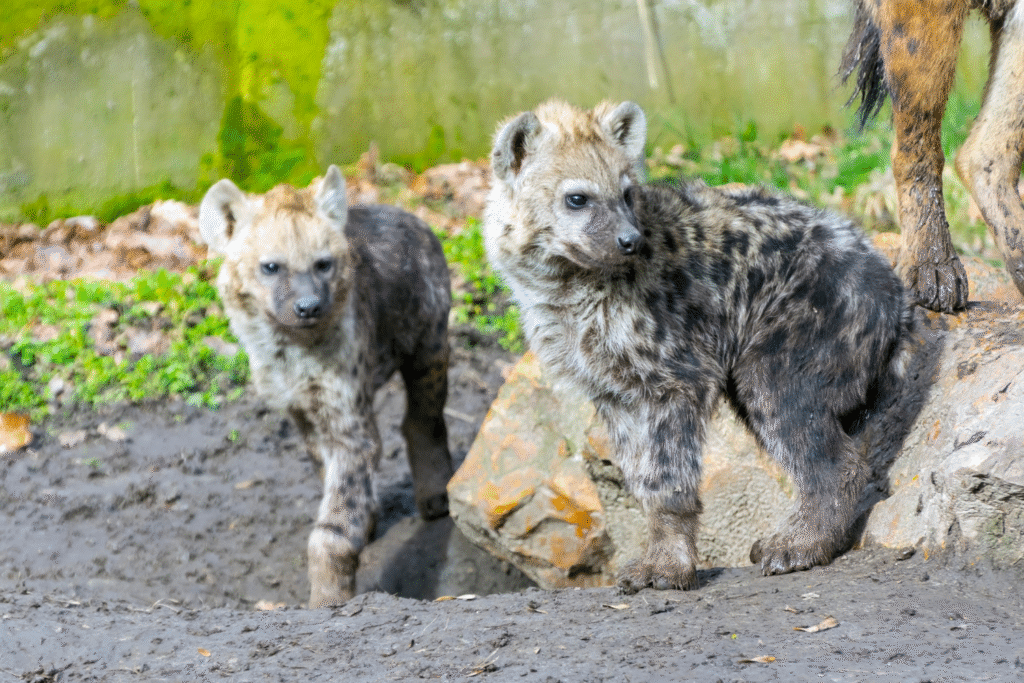
From the moment they open their eyes, hyena cubs fight for dominance. Sibling rivalries start almost immediately, with stronger cubs asserting control over feeding and attention. It may look harsh, but it forges resilience that defines their adulthood.
These early battles decide future roles within the clan. The winners grow into confident, capable adults, while the others learn to navigate hierarchy differently. It’s not cruelty—it’s preparation for the rigid power structures they’ll live under for the rest of their lives.
7. Hyenas challenge lions more often than you think.

Lions may be kings, but hyenas aren’t intimidated. Clans often face off against lions over kills, and more often than not, the lions back down. Numbers, strategy, and fearlessness give hyenas the edge. These clashes rewrite the predator hierarchy in real time.
Seeing them stand up to lions highlights their boldness. It’s a risky game, but one that pays off in survival and respect. The stereotype of them as cowardly thieves couldn’t be further from the truth when you watch them square up against Africa’s most celebrated predators.
8. They thrive in more places than you’d expect.
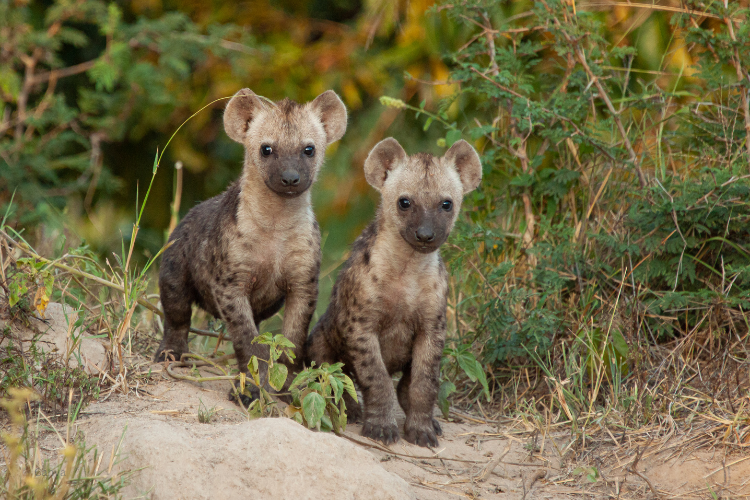
Hyenas aren’t limited to open savannas. They adapt to forests, mountains, deserts, and even human edges. That flexibility explains why their populations remain strong while other predators decline. They find opportunity where others fail.
Adaptability is their superpower. It lets them survive droughts, expand territories, and outlast rivals. They don’t just endure different environments—they dominate them. That versatility makes them one of the most successful carnivores alive today.
9. Hyenas rewrite the definition of teamwork.

Hunting in packs isn’t unique, but hyenas bring unmatched coordination. Each member knows its role, whether it’s chasing, flanking, or cutting off escape routes. Their synchronized effort turns hunts into near-certain victories.
That level of coordination doesn’t happen by accident—it’s built on trust and experience passed down through generations. Every hunt is practice for the next, sharpening their skill as a collective. Their teamwork reveals a sophistication that far outpaces their reputation.
10. They’ve been around longer than the predators they compete with.

Hyenas have existed for millions of years, long before lions or leopards. Their lineage traces back to ancestors that roamed Eurasia and Africa, adapting through eras that wiped out countless other predators. Their survival alone speaks volumes.
That longevity makes them evolutionary veterans. They’ve seen climates shift, prey species disappear, and ecosystems collapse—yet they persist. Their resilience is the ultimate counterpoint to the idea that they’re mere scavengers on the sidelines of nature.
11. Hyenas are misunderstood because storytelling failed them.
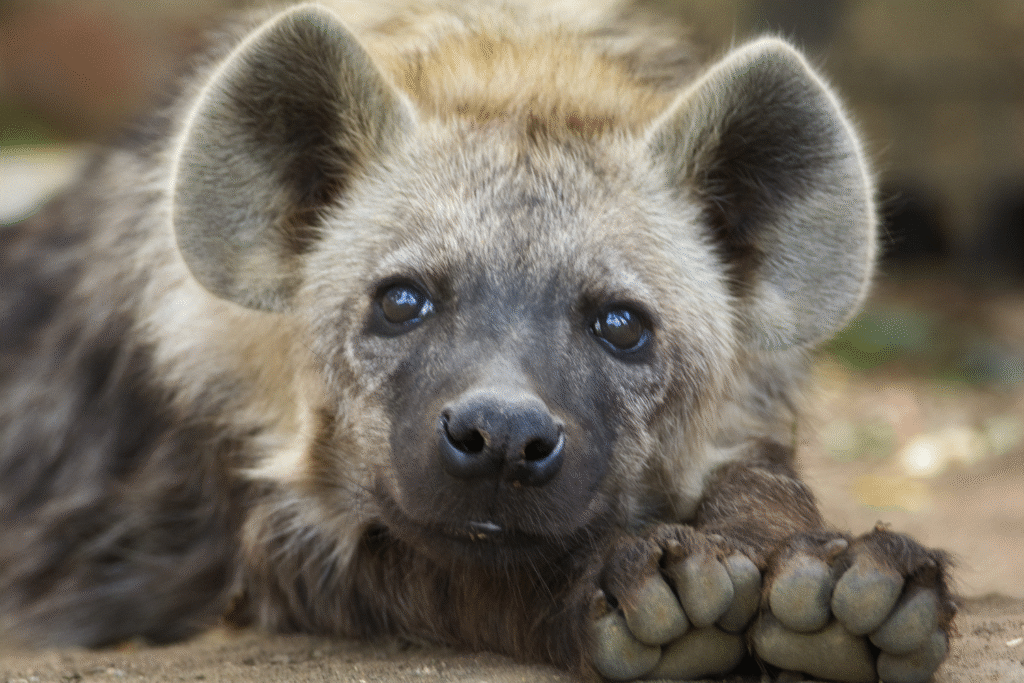
Pop culture painted hyenas as sinister, cementing an image that biology doesn’t support. Films, folklore, and myths turned them into villains, and that narrative stuck. The real animals are complex, intelligent, and socially advanced, but their reputation never caught up.
Correcting that story means seeing them for what they are: power players in the natural world. Once the curtain lifts, the truth is impossible to ignore. The hyena’s legacy isn’t one of cowardice—it’s one of dominance, adaptability, and strength that’s been there all along.
